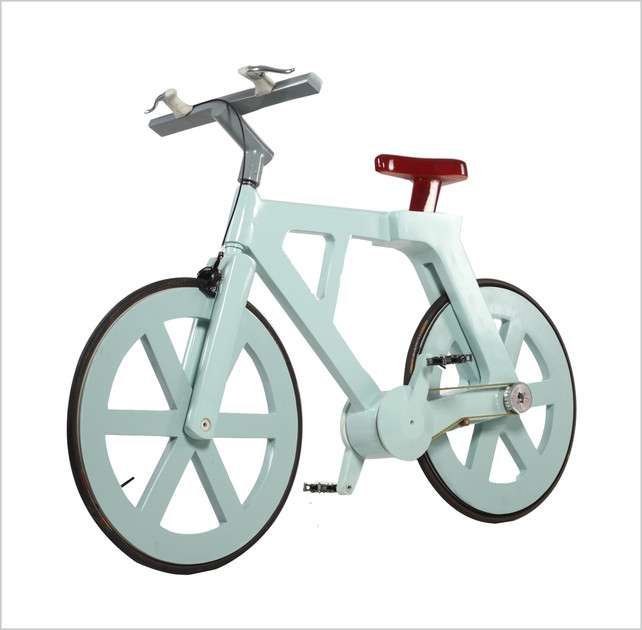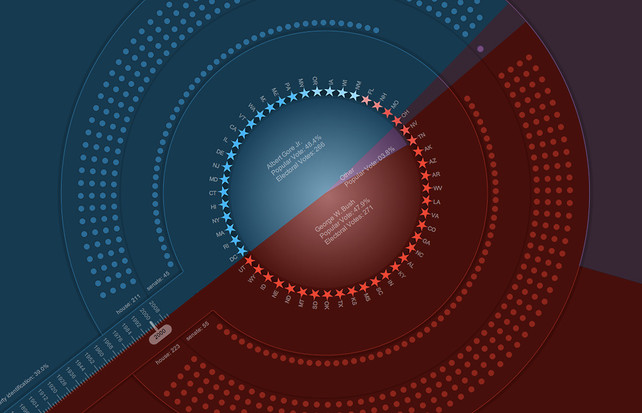
This is a really important thing to read if you are considering working for a young business in anything other than a founder capacity. So many young web and app designers get sucked in that I am posting a big chunk with apologies and ample links to the author, Michael O. Church. Please, go to his website! He has much wisdom to share.
(Read the original: here)
What I’m about to say is true now, as of July 2012. It wasn’t necessarily true 15 years ago, and it may not be true next year. Right now, for most people, it’s utterly correct– enough that I feel compelled to say it. The current VC-funded startup scene, which I’ve affectionately started calling “VC-istan”, is– not to be soft with it– a total waste of time for most of the people involved.
…Here are 7 misconceptions about startups that I’d like to dispel.
(Read the original: here)
1. A startup will make you rich. True, for founders, whose equity shares are measured in points. Not true for most employees, who are offered dimes or pennies. (Read the whole darn thing here.)
…
7. If blocked on the above, then leave. The above are reasonable demands, but they’re going to meet some refusal because there’s no shortage of young talent that is right now willing to take very unreasonable terms for the chance to work “at a startup”. So expect some percentage of these negotiations to end in denial, even to the point of rescinded job offers. For example, some startup CEOs will balk at the idea that a “mere” programmer, even if he’s the first technical hire, wants investor contact. Well, that’s a sign that he sees you as “J.A.P.” Run, don’t walk, away from him.
People tend to find negotiation to be unpleasant or even dishonorable, but everyone in business negotiates. It’s important. Negotiations are indicative, because in business politeness means little, and so only when you are negotiating with someone do you have a firm sense of how he really sees you. The CEO may pay you a million compliments and make a thousand promises about your bright future in the company, but if he’s not willing to negotiate a good deal, then he really doesn’t see you as amounting to much. So leave, instead of spending a year or two in a go-nowhere startup job.
In the light of this post’s alarmingly high word count, I think I’ll call it here. If the number of special cases and exceptions indicates a lack of a clear message, it’s because there are some startup jobs worth taking, and the last thing I want to do is categorically state that they’re all a waste of time. Don’t get me wrong, because I think most of VC-istan (especially in the so-called “social media” space) is a pointless waste of talent and energy, but there are gems out there waiting to be discovered. Probably. And if no one worked at startups, no one could found startups and there’d be no new companies, and that would suck for everyone. I guess the real message is: take good offers and work good jobs (which seems obvious to the point of uselessness) and the difficulty (as observed in the obscene length of this post) is in determining what’s “good”. That is what I, with my experience and observations, have attempted to do.
(Read the original: here)





